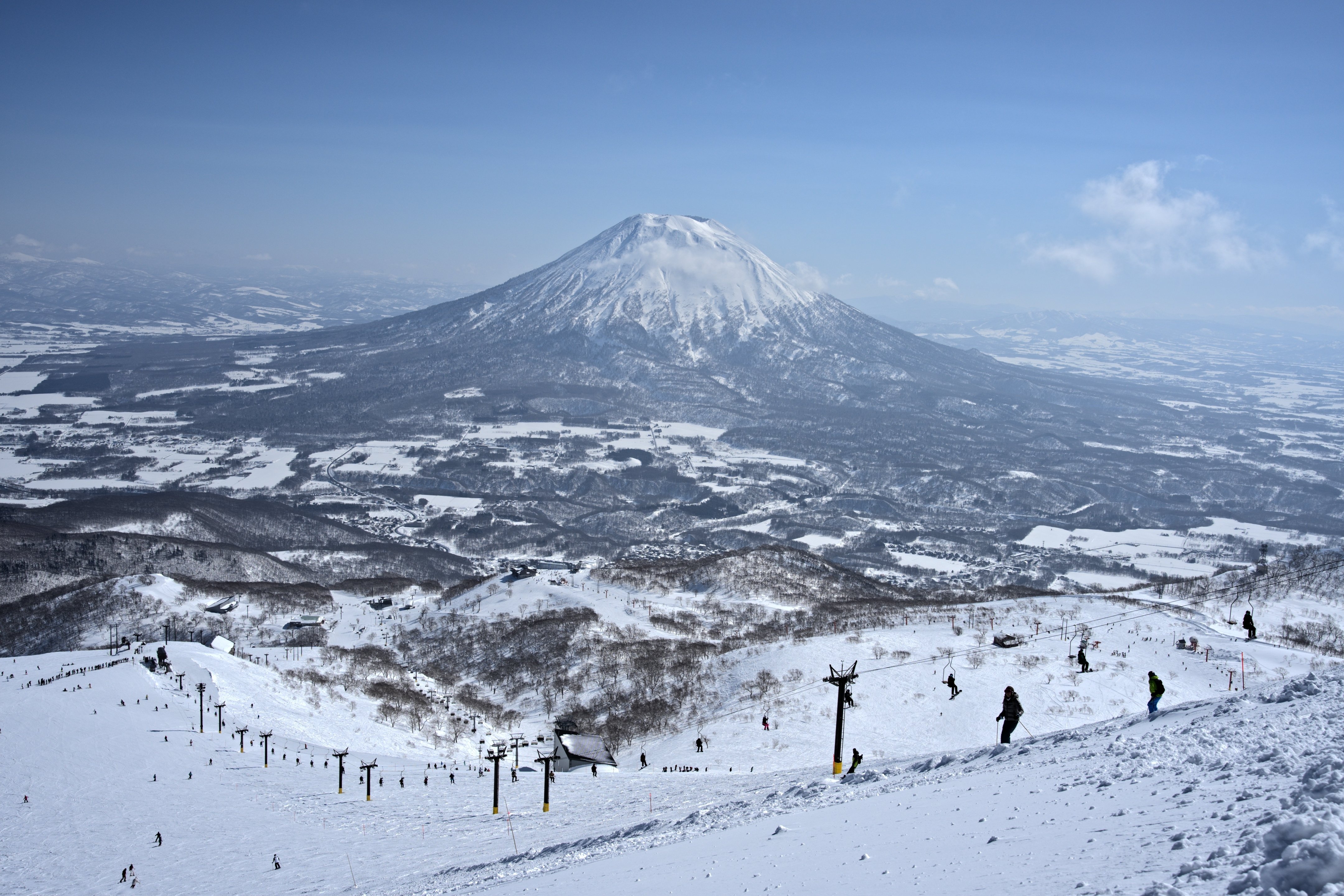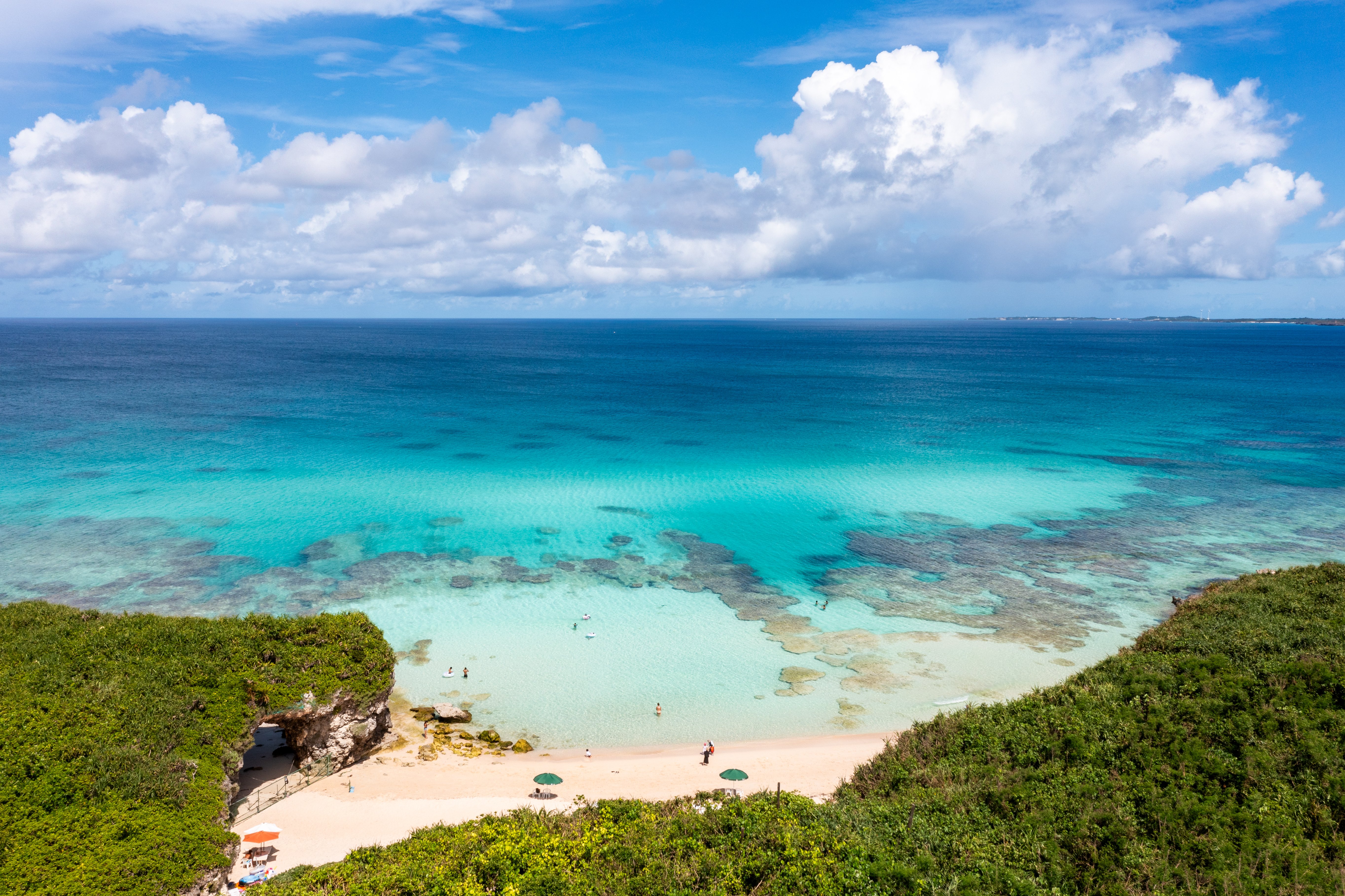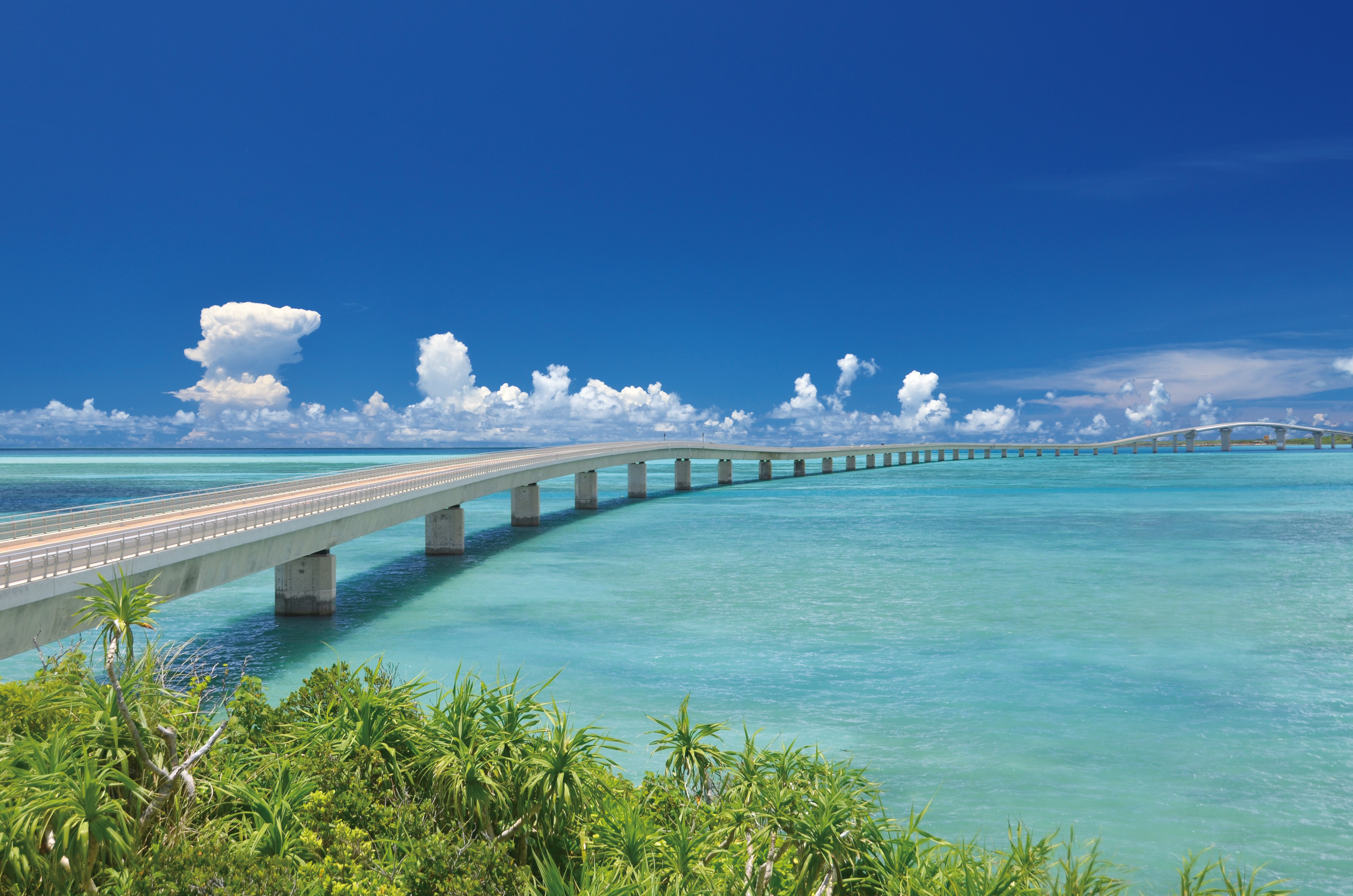Destination Spotlight - Japan’s Dual Winter Escapes
Imagine waking up to powder white slopes, then just a train ride or flight later shifting gears to white sand, palm-fringed beaches and turquoise seas.
In this destination spotlight we explore a truly contrasting winter escape: from the snow peaks of Niseko in Hokkaido to the subtropical shores of Miyakojima in Okinawa. Two very different sides of Japan in one winter adventure.

Ski run at Niseko Hokkaido. Photo credit: monji, iStock
It's worth noting that each base village has its own distinct personality:
- Grand Hirafu is the most vibrant, buzzing with restaurants, bars, and nightlife
- Annupuri retains a quiet, traditional Japanese feel
- Niseko Village blends upscale accommodation with convenient slope access
- Hanazono is a rising luxury hub with family-friendly facilities and top-tier amenities
Beyond the slopes, Niseko offers a rich blend of nature, relaxation, and culture. Set against the dramatic backdrop of Shikotsu-Toya National Park, visitors can discover volcanic craters, frozen lakes, and natural hot springs, each showcasing Hokkaido’s raw winter beauty. After a day of exploring, Niseko’s natural onsens, Annupuri Onsen Yugokorotei and the Hilton Niseko Village onsen, provide a soothing retreat, with steaming mineral-rich waters and sweeping views of Mount Yōtei.
Niseko’s vibrant culinary scene completes the experience. Cozy ramen shops and izakayas serve local favourites like soup curry and miso ramen, while Michelin-starred restaurants and stylish cafés offer a refined taste of Hokkaido’s flavours.
The Okinawa Islands in the far south of Japan offer an entirely different kind of escape, with crystal clear seas, coral reefs, and abundant sunshine. Stretching over 1,600 miles, this subtropical archipelago is made up of 160 islands, each with its own distinct character.
Once the heart of the independent Ryukyu Kingdom from the 15th to 19th-century, Okinawa thrived as a maritime crossroads between Japan, China, and Southeast Asia. This legacy still evident today in its food and cultural traditions. With average winter temperatures around 23°C, Okinawa is the perfect destination for travellers seeking sun, sea, and island culture.

Miyako Island, Okinawa, Japan. Photo credit: kurosuke, iStock
Located less than 200 miles southwest of Okinawa’s main island, Miyako is part of the Miyakojima island group, celebrated for having some of Japan’s clearest waters and most exceptional diving spots. Further offshore, Yabiji, Japan’s largest coral reef system, spans more than 100 reefs and is often referred to as the Great Barrier Reef of Japan. It's a world class destination for snorkelling and diving, and during the lowest spring tides, parts of the reef rise above the surface to form a fleeting phantom continent. Closer to shore, the Pumpkin Hole sea cave offers a kayaking adventure into a hidden chamber filled with rock formations shaped like giant pumpkins, one of Miyako’s most photogenic natural wonders.
Beaches are the island’s greatest attraction and often ranked among the most beautiful in Japan. They stretch several miles with fine sand and calm waters, ideal for swimming or paddleboarding. Irabu Bridge connecting Irabu island with Miyako island, Okinawa, Japan. Photo credit: noa195, iStock
Irabu Bridge connecting Irabu island with Miyako island, Okinawa, Japan. Photo credit: noa195, iStockBeyond the beautiful beaches, Miyako Island is place full of history, culture, and craftsmanship. The Imgyaa Marine Garden is a peaceful coastal park with calm, clear waters, perfect for snorkeling and short walking trails. The Underground Dam Museum showcases the island’s remarkable underground dam, an engineering feat that captures rainwater from Miyako’s porous limestone to sustain its farms.
Cultural highlights include the Ueno German Cultural Village, which commemorates a 19th-century shipwreck rescue that forged lasting friendship between Miyako and Germany. The Uibya Stone Tombs, Painagama Shrine, and the Miyakojima City Museum, also offer insights into the island’s deep Ryukyu heritage and maritime past.
Miyako’s artistry shines through its Ryukyu glass workshops, where craftsmen create shimmering pieces inspired by the island’s sea and sky. During the evening, the island’s quiet beaches become perfect for stargazing under clear winter skies. It's also the perfect time to dine on freshly caught seafood, tender Ishigaki beef, and Okinawan favourites like rafute (a traditional Okinawan braised pork belly) and goya champuru (an Okinawan a bitter melon stir fry).
Combining Niseko and Miyako in One Journey
It’s entirely possible to experience both Niseko’s snowy slopes and Miyako’s warm beaches in one Japan trip. Domestic flights connect Sapporo’s New Chitose Airport to Okinawa’s Naha Airport, with easy onward flights to Miyakojima.
For an ideal trip, start with the snow in Niseko before unwinding in the warmth of Miyako Island, which sees fewer crowds during the winter months.
- Step 1
Fly into Tokyo (Haneda or Narita). Most flights from the UK arrive at one of Tokyo's two major airports. Haneda Airport (HND) is a better choice if you plan on immediately catching a connecting domestic flight, as it handles most of Tokyo's domestic air traffic. - Step 2
From Tokyo, take a domestic flight to New Chitose Airport (CTS), which is the main airport for Sapporo and the Niseko area. Domestic flights from Haneda are generally preferable. - Step 3
Once you arrive at New Chitose Airport, you can get to Niseko by:- Train: The JR Hakodate Line from Kutchan Station (near Niseko) to Otaru, then transfer to a rapid train bound for New Chitose Airport. The total journey takes about 3 to 3.5 hours.
or - Shuttle or bus: Many hotels and ski resorts in Niseko offer direct airport transfers, a more convenient option for when travelling with luggage or ski gear.
- Train: The JR Hakodate Line from Kutchan Station (near Niseko) to Otaru, then transfer to a rapid train bound for New Chitose Airport. The total journey takes about 3 to 3.5 hours.
- Step 4
Head back to New Chitose Airport (CTS) and either:- Take a flight to Naha Airport (OKA) on Okinawa's main island. This can take about 4.5 hours, then from Naha, it's a short domestic flight, about 1 hour to Miyako Airport (MMY).
or - Head to Tokyo Haneda Airport (HND), which will take just under 2 hours and take a domestic flight to either directly to Miyako Airport (MMY), which takes about 3 hours, or to Shimojishima Airport (SHI). Shimojishima Airport (SHI) airport, is a scenic 20-30 minute drive across the Irabu Bridge to Miyako's city center.
- Take a flight to Naha Airport (OKA) on Okinawa's main island. This can take about 4.5 hours, then from Naha, it's a short domestic flight, about 1 hour to Miyako Airport (MMY).
- Book multi-city tickets: Airlines such as ANA and JAL offer multi-city flight options that can simplify your booking and potentially make the north to south journey more cost-effective.
- Plan your meals in advance: Niseko's culinary scene is vibrant, but popular restaurants fill up fast during winter. Bookings are highly recommended, or you can check out the local food truck scene for more spontaneous, casual meals.
- Observe Japanese etiquette: If you plan to visit a traditional Japanese onsen, be aware of the etiquette. You must wash thoroughly before entering the baths, and most onsens require you to be completely naked in the gender-separated areas.
- Get the All-Mountain Pass: If you plan to explore the entire Niseko United area, purchase the All-Mountain Pass. It grants access to all four interconnected ski areas and the free shuttle bus that operates between them.
- Plan for luggage: If you are traveling with bulky ski or snowboarding equipment, consider using a convenient resort shuttle or bus service from Niseko to the airport to avoid the hassle of carrying gear on the train.
- Hire a car in Miyako: Public transport is limited in Miyakojima so renting a car is essential for exploration. Driving is on the left, like in the UK, but expect narrow roads and fewer petrol stations in rural areas.



